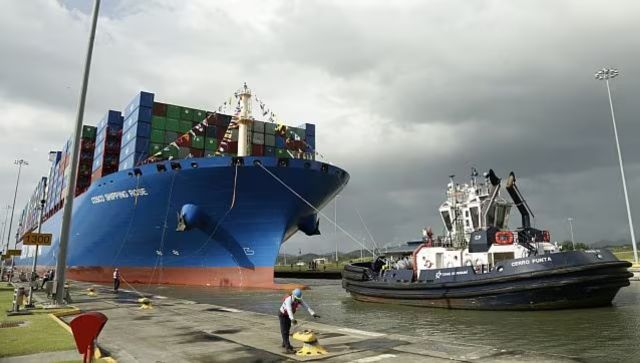The multi-billion dollar Belt and Road Initiative is being revamped by China as part of the country’s attempts to rein in the risks that plagued its earlier investments, according to a new report released on Monday, The Hill reported. China has pumped billions of dollars in grants and loans into developing countries over the last ten years. That has led to allegations by the US and others that China was engaging in “debt trap” diplomacy. Making loans they knew governments would default on, allowing Chinese interests to take control of the assets. China has shifted its attention to reducing the risk of not being repaid, its exposure to environmental, social, or governance (ESG) factors, and potential damage to its reputation in the developing world, the report from AidData, a research lab at William & Mary, found. The report said: “Beijing has launched a far-reaching effort to de-risk the (Belt and Road Initiative) by refocusing its time, money, and attention on distressed borrowers, troubled projects, and sources of public backlash in the Global South.” What is the BRI? Called “One Belt, One Road” in Chinese, the Belt and Road Initiative started as a program for Chinese companies to build transportation, energy and other infrastructure overseas funded by Chinese development bank loans. The stated goal was to grow trade and the economy by improving China’s connections with the rest of the world in a 21st-century version of the Silk Road trading routes from China to the Middle East and onto Europe. Xi unveiled the concept in broad terms on visits to Kazakhstan and Indonesia in 2013 and it took shape in the ensuing years, driving the construction of major projects from railroads in Kenya and Laos to power plants in Pakistan and Indonesia. China has granted about $1 trillion in loans to build infrastructure throughout the developing world since it launched its Belt and Road Initiative. That has led to allegations by the US and others that China was engaging in “debt trap” diplomacy. Making loans they knew governments would default on, allowing Chinese interests to take control of the assets. An oft-cited example is a Sri Lankan port that the government ended up leasing to a Chinese company for 99 years. Many economists say that China did not make the bad loans intentionally. Now, having learned the hard way through defaults, China development banks are pulling back. Chinese development loans have already plummeted in recent years as the banks have become more cautious about lending and many recipient countries are less able to borrow, given their already high levels of debt. Chinese loans have been a major contributor to the huge debt burdens that are weighing on economies in countries such as Zambia and Pakistan. Sri Lanka said last week that it had reached an agreement with the Export-Import Bank of China on key terms and principles for restructuring its debt as it tries to emerge from an economic crisis that toppled the government last year. With inputs from agencies.
Money Morass: Desperate China to refocus on stressed BRI borrowers, hanging projects
FP Staff
• November 9, 2023, 13:17:31 IST
China has pumped billions of dollars in grants and loans into developing countries over the last ten years. That has led to allegations by the US and others that China was engaging in “debt trap” diplomacy.
Advertisement
)
End of Article